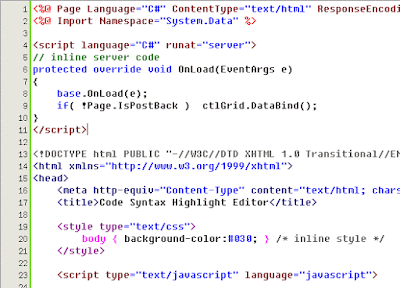Python is a widely used high-level, general-purpose, interpreted, dynamic
programming language.[24][25] Its
design philosophy emphasizes code readability, and its syntax allows programmers
to express concepts in fewer lines of code than possible in languages such as C++ or Java.[26][27] The
language provides constructs intended to enable clear programs on both a small and large scale.[28]
 |
| This is an example of custom Python |
Python supports multiple programming paradigms,
including object-oriented, imperative and functional
programming or proceduralstyles.
It features a dynamic type system
and automatic memory management and has a large and comprehensive standard library.[29]
Python interpreters are available for many operating systems, allowing Python code to run
on a wide variety of systems. Using third-party tools, such as Py2exe or
Pyinstaller,[30] Python
code can be packaged into stand-alone executable programs for some of the most
popular operating systems, so Python-based software can be distributed to, and
used on, those environments with no need to install a Python interpreter.
CPython, the reference
implementation of
Python, is free and
open-source software and
has a community-based development model, as do nearly all of its variant
implementations. CPython is managed by the non-profit Python Software
Foundation.
No comments:
Post a Comment